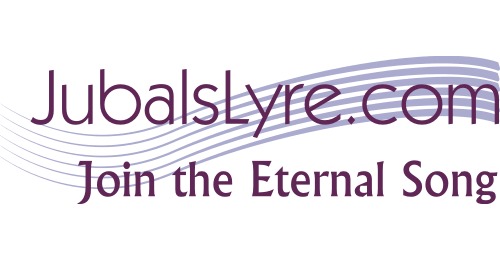The text of the popular Advent hymn “O Come, O Come, Emmanuel” is a lyrical paraphrase of the O Antiphons, an ancient set of seven antiphons1 for the Magnificat (Song of Mary) sung by Christians at the Vespers services held on the last seven days before Christmas (December 17-23). Each of the O Antiphons expounds upon a name that the prophet Isaiah2 had given to the Messiah:
1. December 17: O Sapientia (O Wisdom) – Isaiah 11:2-3 & 28:29
2. December 18: O Adonai (O Lord) – Isaiah 11:4-5 & 33:22
3. December 19: O Radix Jesse (O Root of Jesse) – Isaiah 11:1 & 10
4. December 20: O Clavis David (O Key of David) – Isaiah 9:6 & 22:22
5. December 21: O Oriens (O Dawn of the East) – Isaiah 9:2
6. December 22: O Rex Gentium (O King of the Nations) – Isaiah 2:4 & 9:7
7. December 23: O Emmanuel (O Emmanuel) – Isaiah 7:14
It is not known who paraphrased these texts into the Latin hymn “Veni, veni, Emmanuel,” but we do know that the hymn was first translated into English in the mid-1800s by the Reverend John Mason Neale (1818-66). Since then it is sung regularly during Advent and has become a standard Christmas carol in English-speaking countries. It is interesting to note that although based on the O Antiphons, the author begins the hymn with the last O Antiphon rather than the first. With a Refrain based on the first stanza, the author emphasizes the importance of the incarnation in the plan of salvation by repeating the word “Emmanuel” (i.e. “God with us”)3 at the end of each stanza. For Christians, the Christmas story fulfills Isaiah’s prophecies of God, the Creator, coming to redeem His people. These prophecies from Isaiah make great devotional material for the season of Advent.
Below you will find literal translation of the original Latin text. You will notice that the metrical English translation is very close to the original Latin. Stanza 4, however, is a little more descriptive with the phrase “talons of Your enemy.” A new setting of this hymn for choir and/or strings can be found by clicking here.
Come, come, Emmanuel;
free captive Israel
who mourns in exile
deprived of the Son of God.Refrain: Rejoice! Rejoice! Emmanuel will be born to You, Israel.
Come, O come, Wisdom,
who orders all things;
come, teach us the path of knowledge
and glory. RefrainCome, come, Adonai (LORD),
who to the people in Sinai
gave the law on the top of the mountain
in majesty and glory. RefrainCome, O Shoot of Jesse;
from the talons of Your enemy,
from the pit of hell
and the hollow abyss deliver us. RefrainCome, Key of David,
unlock the kingdom of heaven;
make safe the path to the things above
and close the way to hell. RefrainCome, come, O Rising Sun,
shine on us by Your coming;
dispel the fog of night
and drive away the shadows of death. RefrainCome, come, King of the Nations,
Text: Latin, c. 12th century: Psalteriolum Cantionum Catholicarum, Köln, 1710.
come, Redeemer of all,
to save Your servants
who acknowledge their sin. Refrain
Wishing you a blessed Advent as we prepare to celebrate our Savior’s birth.
Christmas Music by Jubal’s Lyre Music Publishers on www.sheetmusicplus.com.


